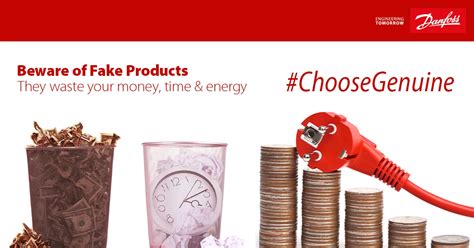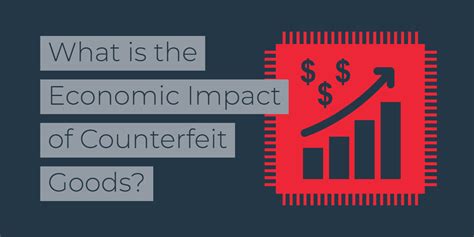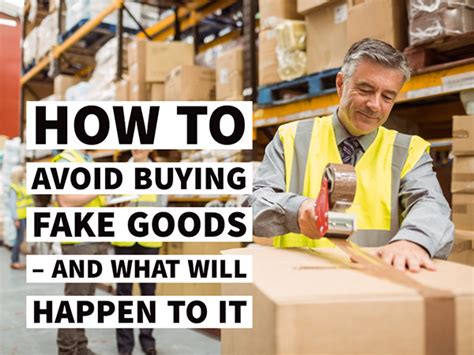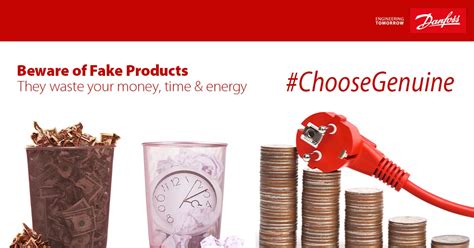The Hidden Dangers of Counterfeit Products: Understanding the Risks and Protecting Yourself
1. What Health Risks Are Associated with Counterfeit Products?
Counterfeit products pose significant health risks due to poor manufacturing standards, subpar ingredients, and unregulated processes. These items often mimic authentic products, yet their components lack quality assurance and could include harmful substances.
Here are key health risks that consumers may face:
- Skin Irritation and Allergies: Many counterfeit skincare and beauty products contain ingredients that can cause skin irritation, rashes, or severe allergies. Without quality testing, these products may include allergens or irritants.
- Organ Toxicity: Counterfeit supplements, pharmaceuticals, and cosmetics sometimes contain toxic substances, such as heavy metals, that can damage organs over time.
- Respiratory Issues: Fake products like perfumes or air fresheners may emit harmful chemicals, posing respiratory risks.
- Long-term Health Impacts: Chronic exposure to toxins in counterfeit products can have lasting health effects, including hormonal imbalances, reproductive issues, or cancer.
To avoid these health risks, it’s crucial to purchase products from authorized retailers and verify authenticity by checking the brand’s packaging and labels carefully.

2. How Do Counterfeit Products Impact the Economy?
The economic impact of counterfeit products is severe, affecting multiple sectors:
- Lost Revenue for Authentic Brands: Counterfeit products reduce revenue for genuine brands, impacting their growth and investment capabilities.
- Tax Revenue Loss: Governments lose significant tax revenue due to counterfeit goods, impacting public services and infrastructure.
- Unfair Competition: Counterfeit goods create an unfair market where legitimate companies struggle to compete with low-priced, illegal items.
The widespread distribution of counterfeit items undermines consumer trust, reducing brand loyalty. Supporting counterfeit goods indirectly harms the economy by promoting illegal activity and discouraging innovation in authentic businesses.

3. Why Are Counterfeit Pharmaceuticals Dangerous?
Counterfeit pharmaceuticals are one of the most hazardous counterfeit products due to their direct impact on health. Fake medications lack the necessary active ingredients, making them ineffective or even harmful. Key dangers include:
- Incorrect Dosage: Counterfeit drugs may contain incorrect dosages, leading to ineffective treatment or overdose.
- Harmful Additives: Fake drugs often include dangerous fillers like arsenic or boric acid.
For pharmaceuticals, sourcing from licensed pharmacies and verifying authenticity using online verification tools is essential.
4. How Do Counterfeit Goods Impact Jobs?
The job market is severely affected by counterfeit products due to the reduction in revenue for legitimate brands. This affects jobs in manufacturing, distribution, and retail. Here’s how:
- Job Loss: Reduced sales in genuine products lead to decreased labor demand.
- Lower Wages: Profit reduction from counterfeits affects wages and benefits for employees in impacted sectors.
5. What Environmental Risks Are Linked to Counterfeit Products?
Counterfeit products often lack environmental compliance, leading to:
- Increased Pollution: Counterfeit factories rarely follow environmental standards, leading to toxic waste discharge.
- Resource Waste: Fake products tend to be short-lived, adding to landfills and contributing to environmental waste.
6. What Legal Risks Are Involved in Buying Counterfeit Products?
Purchasing counterfeit products can lead to legal issues such as fines and confiscation of goods. Here are legal risks to be aware of:
- Fines and Penalties: Possession or purchase of counterfeit goods is illegal in many regions.
- Customs Confiscation: Imported counterfeit items may be seized by customs, leading to financial loss.
7. How Do Counterfeit Products Compromise Digital Security?
Counterfeit electronics and software often lack cybersecurity protections, posing digital risks:
- Data Theft: Fake software may include malware, leading to data breaches.
- Unauthorized Access: Counterfeit devices can allow hackers easy access to personal information.
8. Why Are Fake Electronics a Safety Hazard?
Counterfeit electronics lack regulatory compliance, making them a fire and safety hazard:
- Electrical Fires: Poor wiring in counterfeit electronics can lead to overheating and fires.
- Electric Shocks: Counterfeit chargers and devices may cause electric shocks due to subpar insulation.
9. How Do Counterfeit Products Affect Brand Trust?
Counterfeit items erode consumer trust in brands, leading to reduced brand loyalty and diminished sales for legitimate companies. Here’s why brand trust is crucial:
- Customer Satisfaction: Counterfeits often lack quality, leading to dissatisfaction.
- Brand Reputation: High volumes of counterfeits damage a brand’s reputation, resulting in lower customer confidence.
10. What Steps Can Consumers Take to Avoid Buying Counterfeit Products?
Consumers can protect themselves from counterfeits by:
- Buying from Authorized Sellers: Always buy from authorized retailers or official brand websites.
- Checking Packaging and Labels: Authentic products usually have distinct logos, packaging quality, and serial numbers.
It’s essential to stay vigilant by researching sellers, reading reviews, and using authentication tools to verify product legitimacy.

Summary Table of Counterfeit Product Risks
| Risk Type | Description |
|---|---|
| Health Risks | Skin irritation, allergies, toxicity, respiratory issues, and long-term health impacts. |
| Economic Impact | Lost revenue, reduced tax income, and unfair competition. |
| Job Market Impact | Job losses, lower wages, and fewer benefits in affected sectors. |
| Environmental Risks | Increased pollution and resource waste. |
| Legal Risks | Fines, penalties, and confiscation of counterfeit goods. |
| Digital Security Risks | Data theft, unauthorized access, and malware threats. |
| Safety Hazards | Fire risks, electric shocks, and poor product insulation. |
Frequently Asked Questions
What are counterfeit products?
Counterfeit products are fake items that imitate genuine brands, often using substandard materials and manufacturing processes.
How can I identify counterfeit products?
Look for inconsistencies in packaging, logos, serial numbers, and purchase from verified sellers to avoid counterfeits.
Are counterfeit pharmaceuticals harmful?
Yes, counterfeit pharmaceuticals can contain harmful additives or incorrect dosages, posing serious health risks.
What economic impact do counterfeits have?
Counterfeit goods lead to significant revenue loss for genuine brands and reduce tax revenue for governments.
Can counterfeit products cause environmental damage?
Yes, counterfeit goods are often produced without environmental compliance, leading to pollution and waste.
What legal risks do buyers of counterfeit goods face?
Buyers may face fines, confiscation of goods, and other legal penalties depending on their region.
What can consumers do to avoid buying counterfeit products?
Consumers should buy from authorized sellers, check product packaging, and verify serial numbers to avoid counterfeits.


